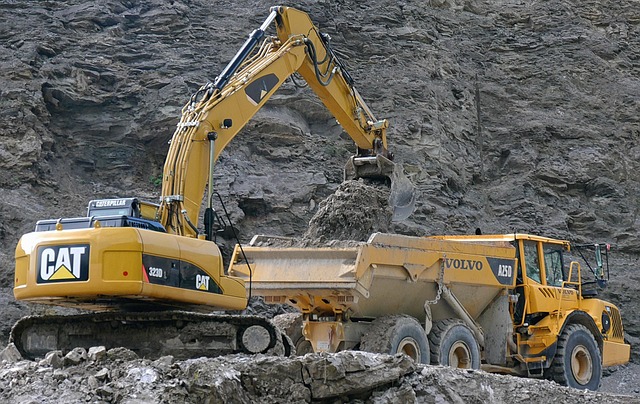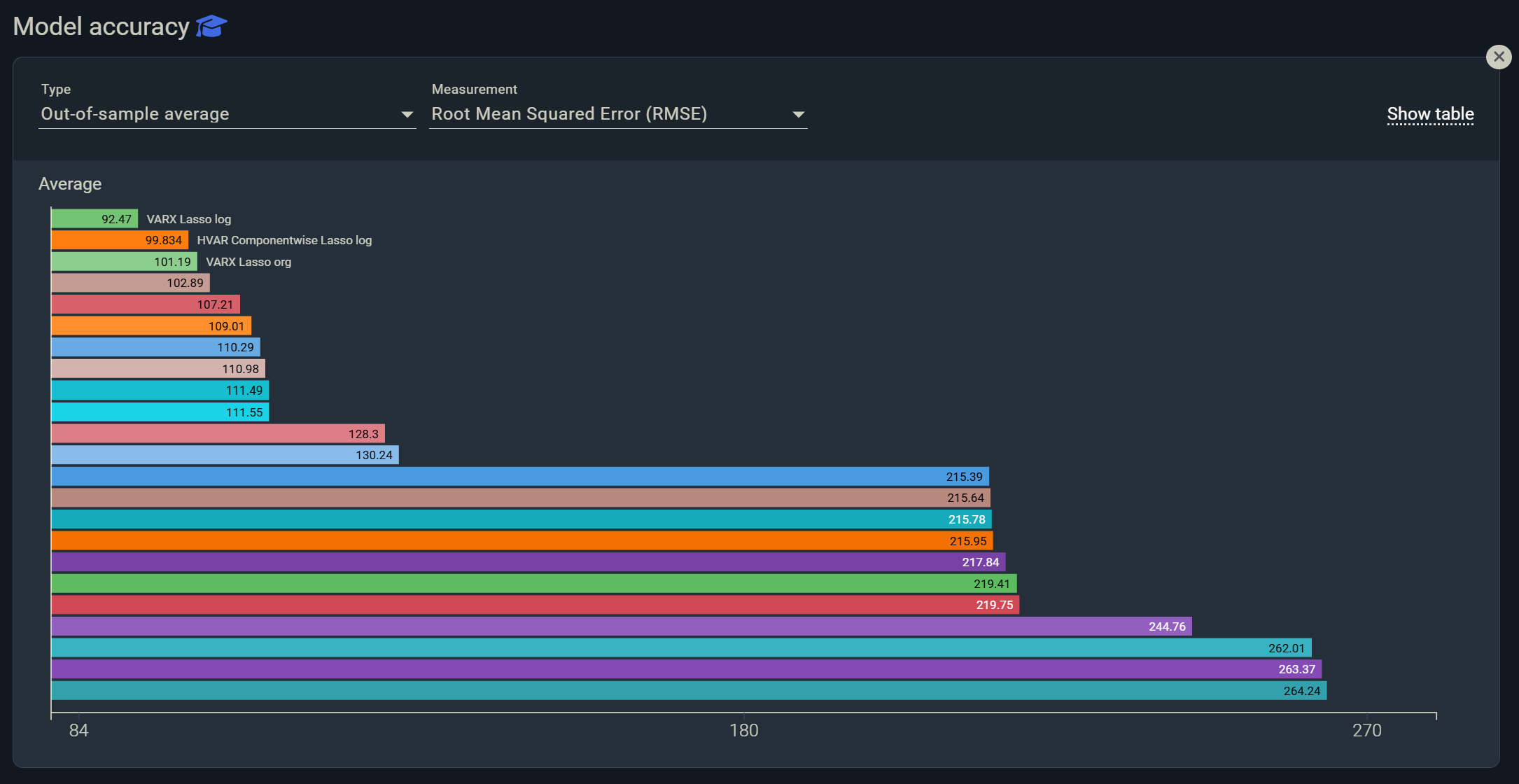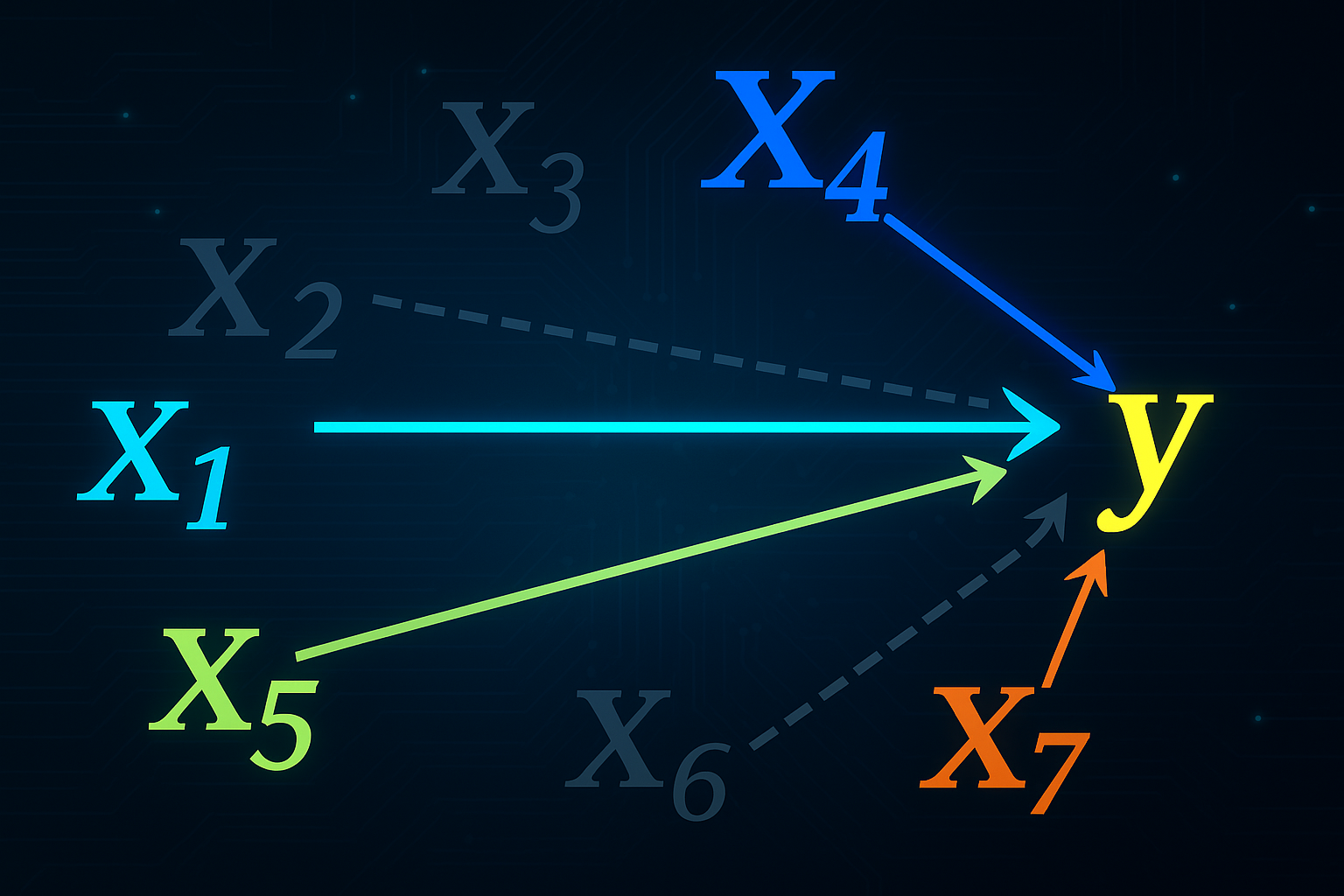Forecasting professionals are under pressure to turn limited history into reliable, explainable predictions. While generic AI platforms are outstanding at image and text tasks, time series forecasting brings different constraints, particularly when you only have a few hundred monthly or quarterly observations. In short histories, models with many parameters tend to overfit, so you need algorithms and workflows designed for small samples, rigorous validation, scenario design and governance. This is not just opinion, it is consistent with evidence from the M4 competition where combinations and tailored statistical approaches were dominant, hybrids beat pure machine learning, and complexity did not automatically yield accuracy, see the official write up and discussion of findings (International Journal of Forecasting, Wikipedia summary). Leading textbooks also warn that required sample size grows with model complexity, which is why short series need parsimonious models and careful selection (Forecasting: Principles and Practice). At the same time, applied surveys show tree based and deep models can shine when there is abundant, related data, especially as global models learn across many series (MDPI survey, global models simulation study).
Below are eight forecasting platforms that consistently stand out for predictive analytics features. We prioritize platforms that deliver automation, no code options, robust model libraries, variable selection, scenario analysis, speed at scale, strong governance and ensembles.
1) Indicio, built for forecasting, not generic AI
If your data is monthly or quarterly and you only have a few hundred observations, you want a platform specialized in forecasting rather than a general purpose AI stack. Indicio focuses on time series and econometric forecasting, with an interface and pipeline optimized for limited histories and noisy macro drivers. The platform includes:
- Automation and no code, build benchmarks and production pipelines via point and click (product site).
- Large model library specialized for short histories, covering statistical, statistical learning and appropriate machine learning families that avoid over parameterization on small samples.
- Automated variable selection and leading indicator discovery, geared to business drivers rather than generic feature stores.
- Scenario analysis and probability weighted forecasts, to quantify upside and downside and communicate risk to stakeholders (product site).
- High speed compute, to backtest many candidates quickly, then ensemble the winners.
- Forecasting governance, version controlled modeling so you can trace what was run, when and why, which is essential for audit and collaboration.
- Weighted ensembles, to combine complementary models and typically improve accuracy, echoing evidence from M competitions that combinations are hard to beat (M4 results).
Why this matters: deep neural networks such as LSTMs and Transformers often assume either long histories per series or large panels of related series to learn global patterns (Benidis et al. survey, Vertex AI forecasting updates). When you have only a few hundred points, specialized time series methods with disciplined selection and ensembling are usually a better starting point (FPP3 on short series).
2) Amazon Forecast, AutoML for time series at AWS scale
Amazon Forecast provides managed AutoML for time series, including DeepAR and related algorithms, automatic accuracy tracking, and hosted training and inference. It integrates with S3, monitors model quality over time and supports probabilistic forecasts (docs overview, feature list). Best for teams already on AWS that want a managed service and are forecasting many related series where global deep models help.
3) Google Cloud Vertex AI Forecasting and Timeseries Insights
Vertex AI offers forecasting pipelines, support for architectures like TiDE and Prophet at cloud scale, and updates aimed at faster training and better accuracy for large panels (Vertex AI blog update). Google also provides Timeseries Insights API for real time anomaly detection and forecasting over very large event streams, useful for telemetry and IoT workloads (Timeseries Insights docs). Best for high volume, multi series forecasting where you benefit from Google’s infrastructure.
4) Microsoft Azure Machine Learning AutoML for Forecasting
Azure ML’s AutoML includes calendar and holiday features, multi horizon setups, and MLOps integration. It programmatically engineers time features and supports standard validation strategies that are appropriate for time series (calendar features). Teams standardizing on Azure get an end to end flow from experimentation to deployment with governance via Azure ML registries and pipelines.
5) H2O Driverless AI, automated modeling with time series recipes
Driverless AI includes time series recipes contributed by Kaggle Grandmasters, automated lag and window features, target transformations, and rolling window backtesting with test time augmentation for multi step horizons (time series user guide, platform page). It is a strong choice when you want automated modeling on structured data, including forecasting, with flexible deployment options.
6) SAS Viya Visual Forecasting, industrial scale forecasting pipelines
SAS Visual Forecasting is purpose built for large scale, distributed generation of forecasts with a scriptable pipeline and parallel execution across many series in memory (features list, Viya forecasting pipelines). Organizations that require audited analytics in regulated environments often select SAS for its governance and lifecycle management.
7) DataRobot, enterprise AutoML with time aware modeling
DataRobot provides time aware experiments, automated feature derivation for dates and durations, model evaluation and no code interfaces for time series projects (time series docs). It is suitable for enterprises that want a broad AutoML platform with forecasting features embedded in a larger AI lifecycle.
8) BigQuery ML, SQL native forecasting in your data warehouse
For teams that want forecasting inside the warehouse, BigQuery ML offers ARIMA and ARIMA_PLUS models, automatic hyper parameter selection, and the ability to forecast up to millions of series with a single query using time series IDs (CREATE MODEL for ARIMA, tutorial). It is ideal for operational analytics teams that prefer SQL and want low friction experimentation close to their data.
How to choose
- History length and panel size. If you have short per series histories and few related series, prefer specialized, parsimonious models and disciplined selection and ensembling, which Indicio automates end to end (FPP3 on short series, M4 evidence on combinations). If you have long histories or thousands of related series, cloud deep learning options can be compelling (Benidis et al.).
- Governance and repeatability. Look for version controlled experiments, reproducible backtests and lineage so you can defend decisions to finance and audit. Indicio, SAS Viya, Azure ML and DataRobot provide strong governance capabilities (SAS features, Azure AutoML docs).
- Scenario planning. Your forecast must inform decisions, not just score accuracy. Prioritize platforms that natively support scenarios and probability distributions over point forecasts, so planners can stress test decisions (Indicio scenarios, AWS probabilistic forecasts).
- Speed at scale. If you need to run hundreds of backtests, you want a fast cluster and a pipeline designed for time series cross validation and multi horizon evaluation. Indicio’s compute, SAS Viya’s in memory parallelization and Google’s managed training are standouts (SAS features, Vertex AI forecasting update).
Bottom line
Generic AI platforms that excel on images and text often expect big data and long sequences, which mismatches the realities of most business forecasting. With only a few hundred observations per series, you are usually better served by a forecasting first stack that prioritizes robust time series methods, transparent validation, scenario analysis and governance. That is why Indicio leads this list.



